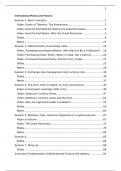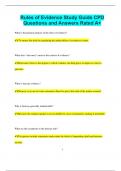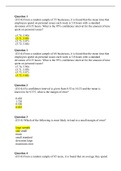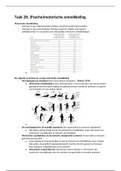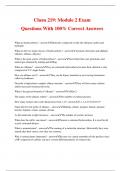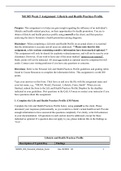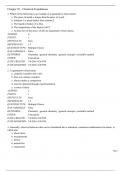Samenvatting
Summary of Everything for International Money and Finance
This is a very comprehensive summary of ALL the material for the International Money and Finance exam. It includes a lot of notes from the classes, summaries of the required video's, summaries on the required papers, all the lecture slides and two summaries of chapter 1 and 2 of the Fundamentals of...
[Meer zien]
